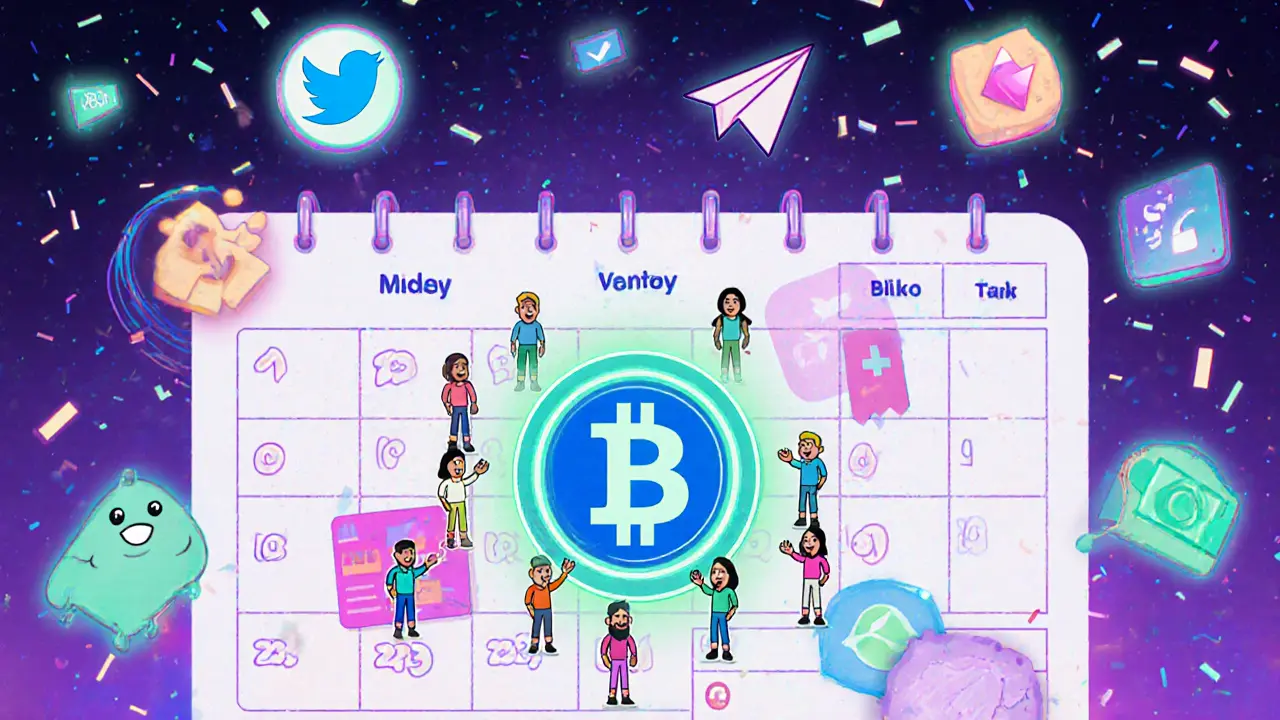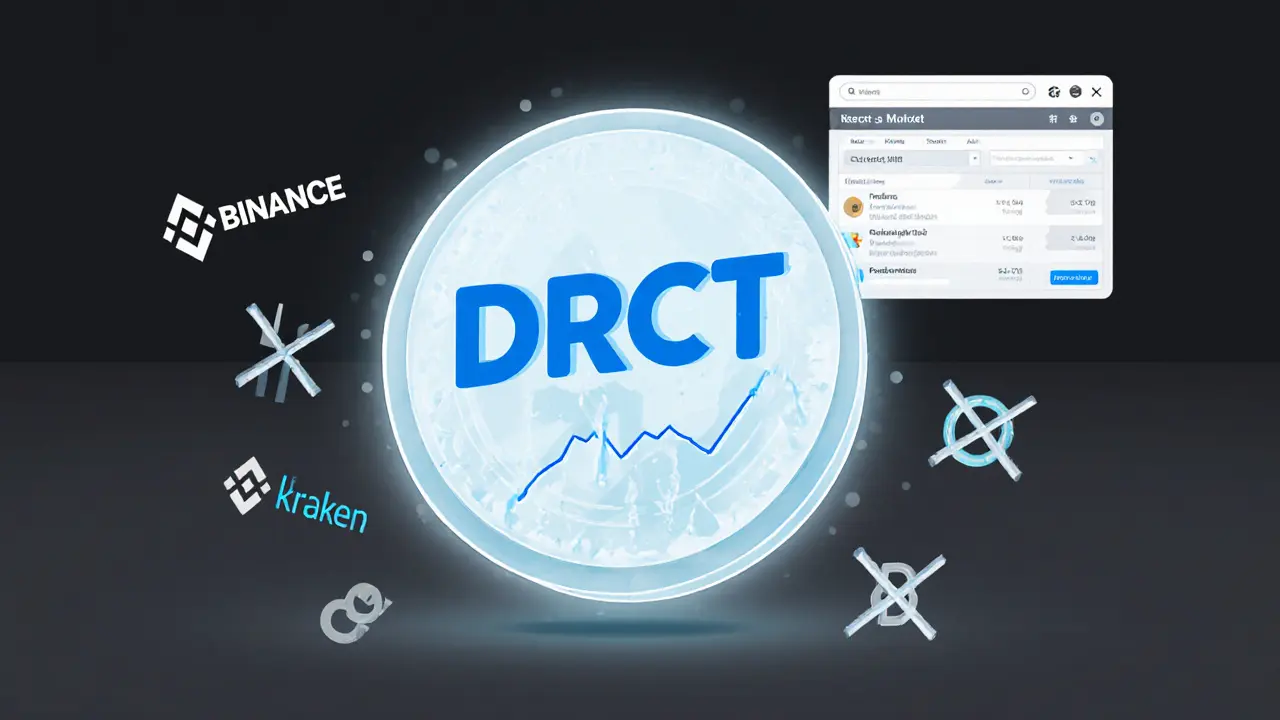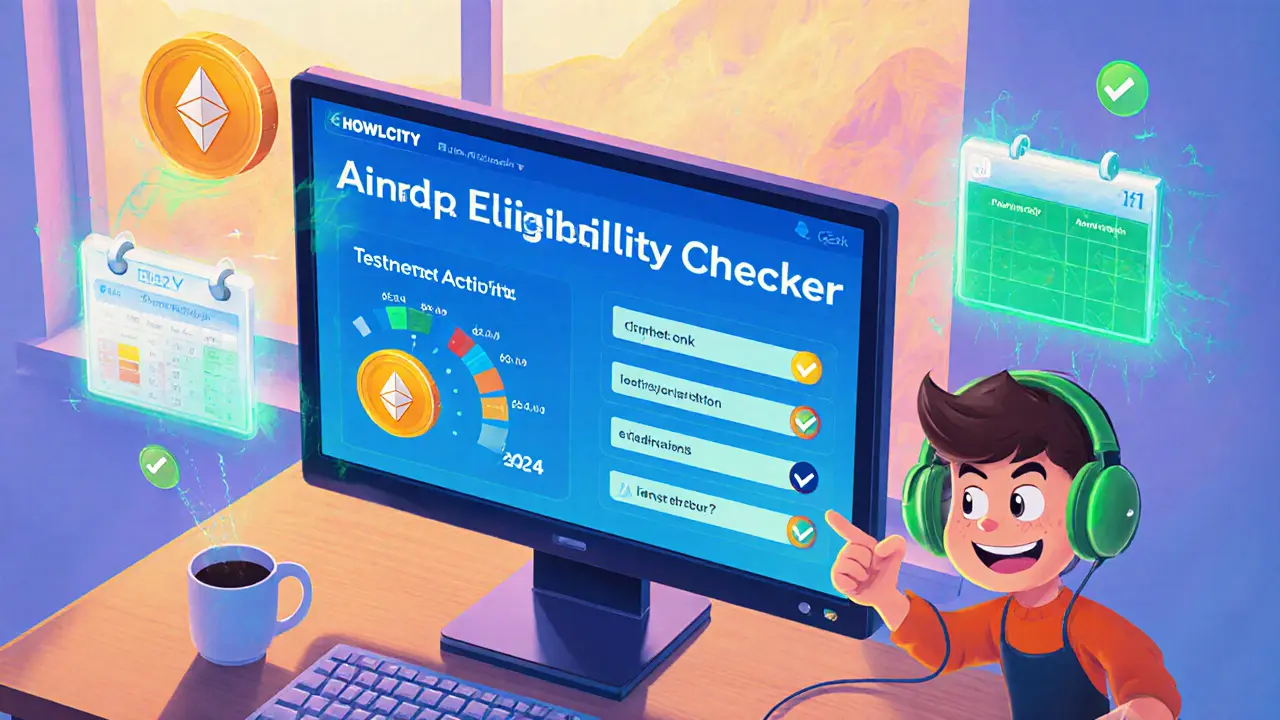Crypto Airdrop 2025 Overview and Guides
When navigating crypto airdrop 2025, a scheduled wave of free token distributions that projects roll out this year, you’re looking at an opportunity to claim new coins without buying them. Also known as 2025 token airdrop, it can boost a project's community and spread awareness. Successful participation hinges on solid airdrop verification, checking official channels, smart‑contract addresses and source credibility, while steering clear of airdrop scams, fraudulent schemes that mimic real drops to steal funds. Gaming‑focused projects often bundle blockchain gaming airdrops, rewards tied to in‑game actions or milestones with unique tokenomics, shaping overall token distribution strategies.
Crypto airdrop 2025 encompasses token distribution events, which means each drop follows a plan: announcement, eligibility criteria, claim window, and token allocation. The claim process typically requires a wallet address, sometimes a small gas fee, and a verification step such as signing a message. Airdrop verification requires using blockchain explorers, official Discord or Telegram channels, and often a whitelist form. When you compare legitimate drops to scams, you’ll notice that scams omit clear smart‑contract links, demand private keys, or pressure you with limited‑time offers. These red flags directly influence investor confidence, making thorough verification a must‑have skill for anyone eyeing free tokens.
Practical Steps to Spot Real Drops
First, locate the project's official website or verified social media page. Look for a dedicated airdrop announcement that includes a clear roadmap and a link to the smart contract on a block explorer like BscScan or Etherscan. Second, confirm the contract address matches what the project’s team shares across channels – discord, twitter, or telegram. Third, use a sandbox wallet to test a tiny claim; if the transaction fails or asks for private keys, walk away. Fourth, evaluate the tokenomics: a healthy airdrop distributes a reasonable % of total supply, often under 5%, and outlines vesting or lock‑up periods. Finally, consider community sentiment; active forums and transparent dev updates are good signs, whereas silence or aggressive marketing tactics can hint at a scam.
Gaming‑related airdrops add another layer. Projects like GAMEE’s GMEE drop or upcoming WATCoin giveaways tie token rewards to in‑game achievements, leaderboard positions or NFT ownership. These drops often require you to link a gaming wallet or complete a quest, but they still follow the same verification checklist. Understanding the token’s utility—whether it powers a marketplace, grants voting rights, or fuels in‑game economies—helps you gauge long‑term value. Token distribution models vary: some use airdrops to bootstrap liquidity, others to reward early adopters. Knowing which model a project follows can guide your decision to claim or skip.
Below you’ll find detailed guides that walk you through each of these aspects, from spotting red flags to claiming legit drops, plus deep dives into specific 2025 airdrops like SHIBSC, GMEE and more. Armed with these insights, you’ll be ready to separate genuine opportunities from scams and make the most of the crypto airdrop 2025 wave.
ByteNext (BNU) Airdrop Details: Timeline, Requirements, and Market Outlook
A detailed look at the ByteNext BNU airdrop: timeline, how to qualify, token utility, market performance, and future outlook.
read moreAlly Direct Token (DRCT) Airdrop - What You Need to Know in 2025
Explore the current status of the Ally Direct Token (DRCT) airdrop, understand why no credible distribution exists, and learn how to spot legitimate airdrop opportunities in 2025.
read moreHowlcity NFT Airdrop 2025: How to Claim HWL Tokens & Benefits
A practical guide to the Howlcity NFT airdrop 2025, covering eligibility, claim steps, security tips, token utility, and FAQs for crypto enthusiasts.
read more



